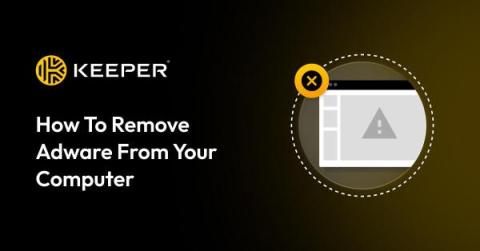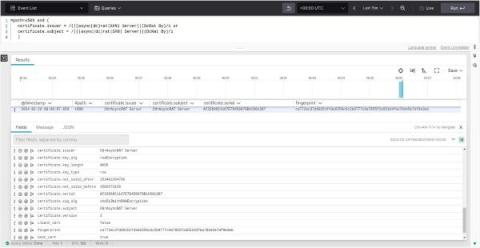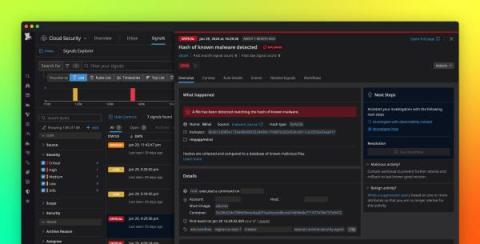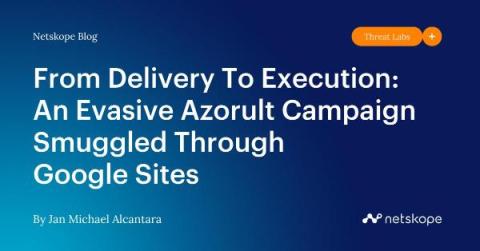How To Remove Adware From Your Computer
Adware can cause performance issues and unwanted ads on your computer. Some types of adware can even collect your personal information. To protect your personal information, you need to remove as much adware from your computer as possible. To remove adware from your computer, you should back up your files, download adware removal software and remove any unnecessary programs.











